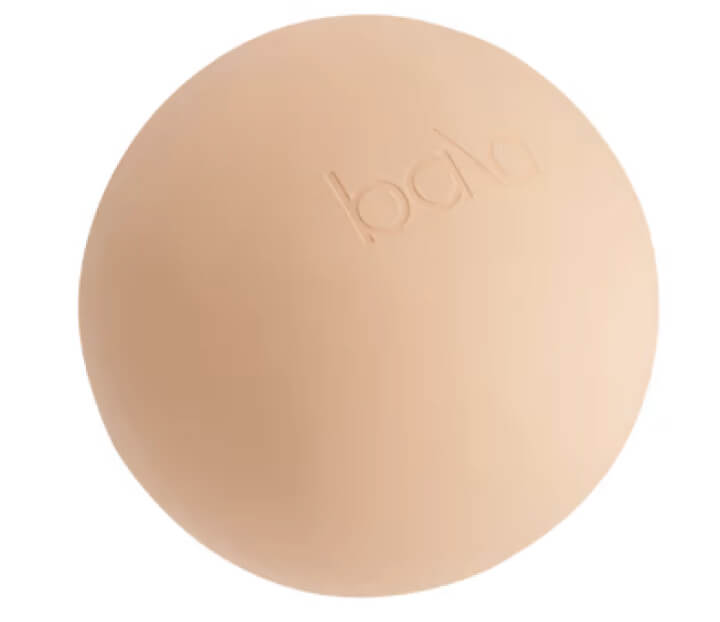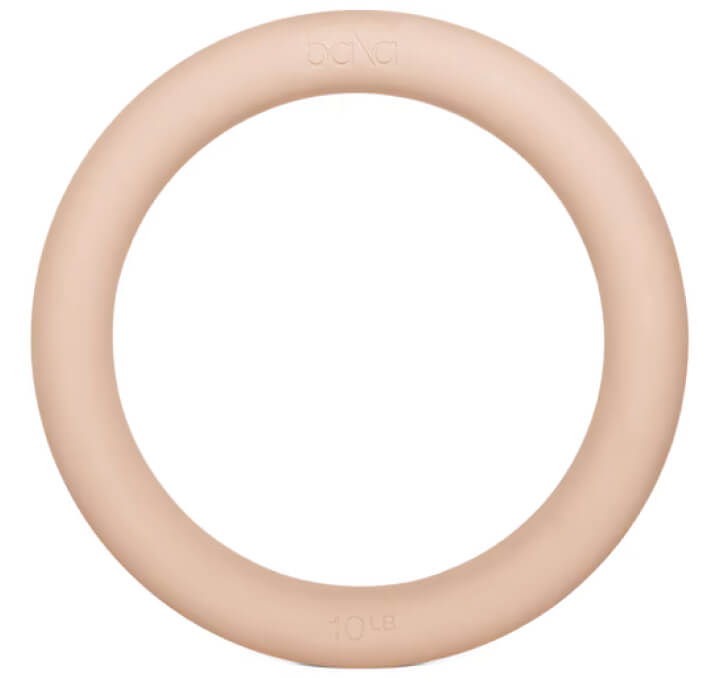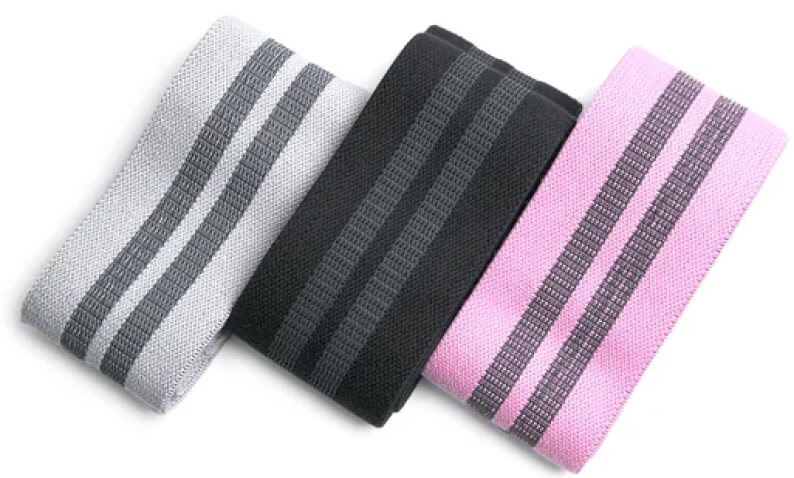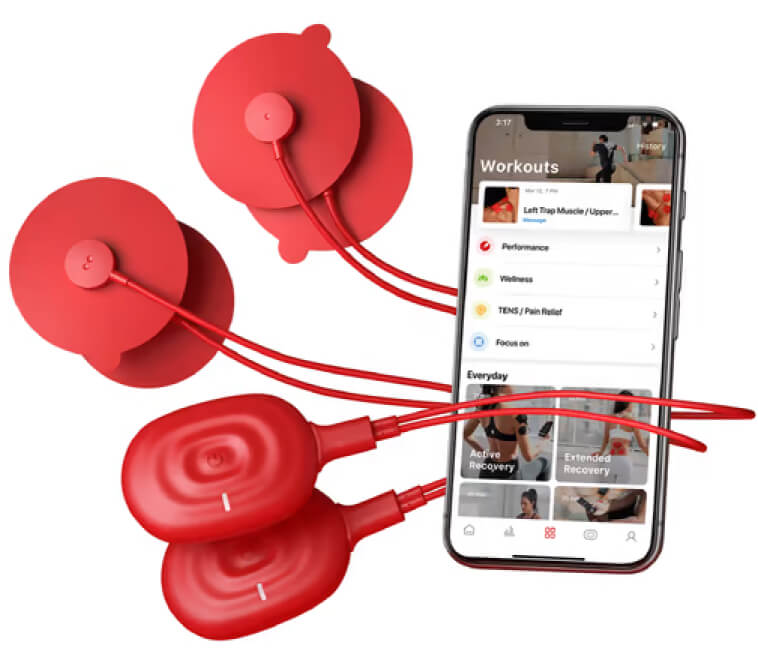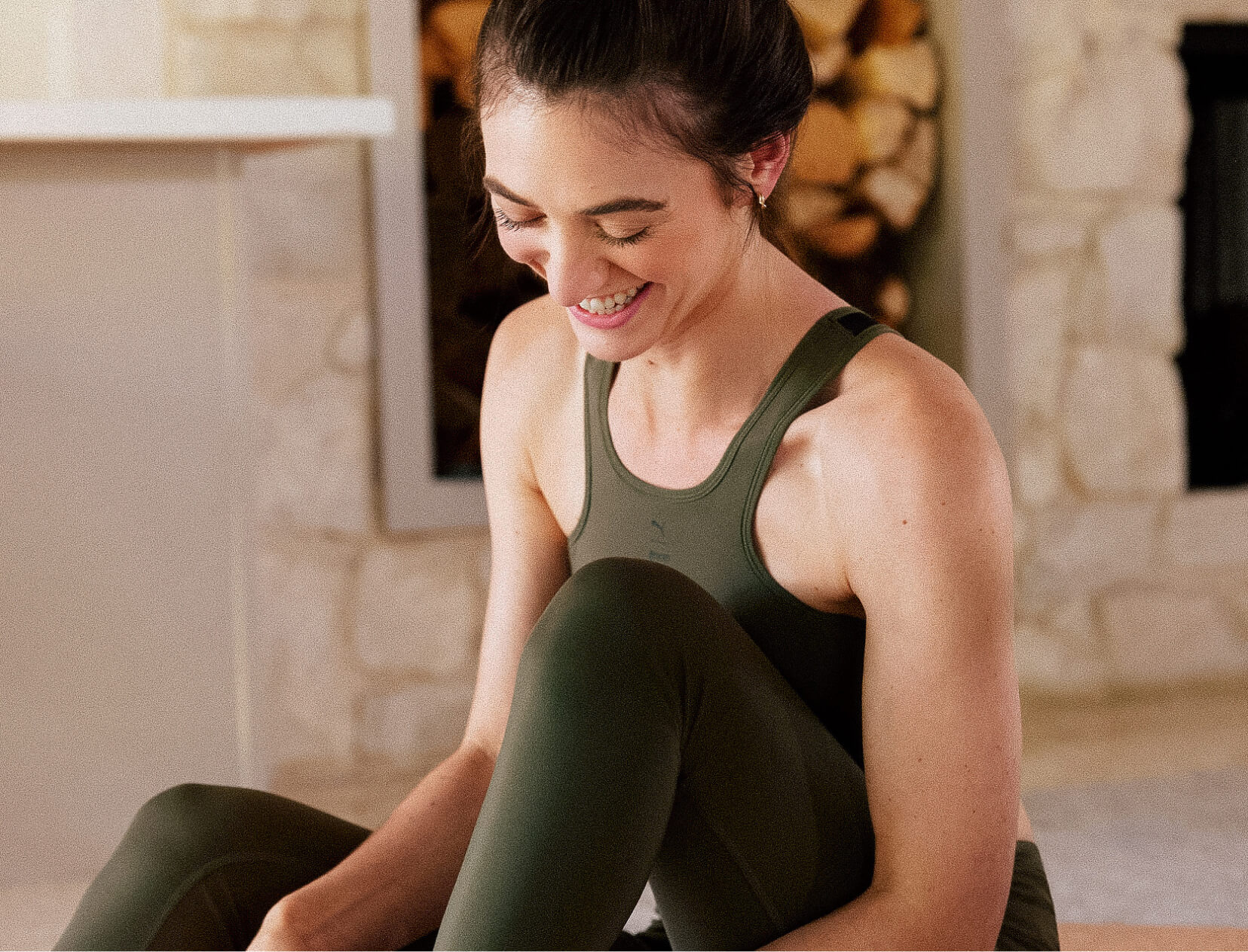
How Do You Heal from an
Old, Set-In Injury?
By Kelly Martin
If I had known a crappy pair of running shoes would cause such a problem, I would have chosen a different hobby.
It was because the French are famously not into gyms that I picked up cross-country in the first place. I was not a runner, but I was 20, in Paris, and very committed to the idea of a good workout. So for four months, I clocked miles in the Bois de Boulogne in a pair of sneakers I bought with a limited grasp of the local language. It seemed like a good idea at the time.
I started noticing something was wrong with my knee a year later, back in the States. And I assumed that if I gave it enough rest, the injury would heal on its own. I stopped running, which stopped the pain for a while. But later on, I started having trouble finishing long hikes. Then shorter ones. And eventually, it became painful to take my dog on our regular mile-long walk around our neighborhood.
I started keeping a list of everything I could tell was wrong: The sole of my foot and the front of my hip felt restrictively tight. I tended to rock back on my heels when I stood. And—stay with me here—my right big toe didn’t bend as much as my left.
Even with my notes, a physical therapist couldn’t figure out what was wrong or how to help. (He just told me to push the limit of how far I could run, even if it hurt, even though I didn’t really care about running anymore.) An orthopedist told me nothing was wrong with me and prescribed extra-strength ibuprofen. A sports chiropractor told me he could help with the pain if I came in every week or two—which I did for months—but eventually admitted I wasn’t getting closer to solving the problem.
Here’s where I lucked out: A new clinic, Myodetox, had just opened down the street from me. It was sleek and cool and looked promising, and it was founded by physical therapist Vinh Pham, who works with pro athletes and other high-stakes clients. Their method felt comprehensive—hands-on bodywork plus thoughtful corrective exercise, with longer appointment times so you can really get into it.
In my initial consultation, I met chiropractor Kevin So, who explained the approach here was not just treating pain as it came up but also ensuring I understood how to keep my body in good working order in the long term.
The most important step in healing an old injury like mine, So said, is the first one: getting evaluated by someone trained to see it. In my first appointment, he checked out how I walked, sat, stood, squatted, twisted, and lunged, making note of off-kilter movements that could signal an issue. (There were many.)
So talked me through his diagnosis in a way I could understand. When an injury is old, he told me, it eventually stops hurting because your body automatically adjusts to avoid pain in that area. Over time, those adjustments stick and become insidious low-grade issues, like restricted range of motion, uneven posture, and dull aches in neighboring joints and muscles.
Ideally, that’s why you treat an injury—even one you don’t think is that serious—right when it happens. If you let it get old as I did, you have a lot more to heal.
Here was the plan: Myofascial massage, joint mobilization, and occasional chiropractic adjustments would open up my range of motion where things had gotten tight and rigid. But real progress would be made in the clinic’s gym, where I would learn exercises and movements that, as long as I did them regularly, would encourage my joints, muscles, and fascia to grow strong, flexible, and mobile. Also, I would promise to get more-supportive shoes.
In the meantime, So encouraged me to try something new—take a Pilates class, learn to surf, pick up tennis, whatever. When you put your body through new patterns of movement, he explained, you build neural connections, muscle strength, and range of motion that you might not otherwise have. It helps stabilize your body against repetitive damage from whatever activity you’re doing most.
Over the next few months, we started celebrating wins. A painless hike. My posture returning to normal. My first smooth, even squat in years. There have been a lot of high fives. We’re not done—you can’t expect a problem you don’t address for years to get better in a couple of months, as much as I wish it would. But six years after my initial injury, I’m healing. I have a team by my side. I went on a run the other day. And I’m planning my first long-haul backpacking trip in forever.
MY RECOVERY TOOLKIT
I’ve learned from So that even if you’re working with a grade A clinician, how you support your healing between visits is a big deal. A basic home gym setup is key. Grab something to help you relieve muscle tension and use it—daily. And ball out for a few high-tech extras, if you’d like.
-
I’ve been scared straight: My new way of life is wiping out muscle tightness before it becomes a problem. My lo-fi solution is a foam rolling session before bed. But I’m much more likely to fire up my Theragun—it’s so fast to use, and I walk away feeling brand-new.
-
Therabody
Theragun Elite
goop, $399SHOP NOW
Over months of sessions, So has set me up with a zillion corrective exercises that don’t require special equipment. It’s mostly hand weights, kettlebells, Pilates balls, and resistance bands. The gear we use in session is unfussy. But I got the pretty stuff for home.
-
Bala
Bala Bars
goop, $59SHOP NOW -
Bala
Bala Ball
goop, $29SHOP NOW -
Bala
The Power Ring
goop, $89SHOP NOW -
Drea Wheeler
Resistance Bands
goop, $40SHOP NOW
-
This transcutaneous electrical nerve stimulation (TENS) device is the at-home version of the much fancier ones some chiropractors use in-office. You place sticky electrode pads over the area of your body that’s bothering you and it delivers low-voltage electrical currents to the skin. It’s designed to temporarily relieve muscle pain wherever you put it.
-
-
When I eventually graduate from treatment, Pham’s book is going to be my bible. It outlines how to prevent aches from sitting too much, phone hunch, and repetitive, everyday movements like tapping out emails all day.
-
This article is for informational purposes only. It is not, nor is it intended to be, a substitute for professional medical advice, diagnosis, or treatment and should never be relied upon for specific medical advice. To the extent that this article features the advice of physicians or medical practitioners, the views expressed are the views of the cited expert and do not necessarily represent the views of goop.
We hope you enjoy the book recommended here. Our goal is to suggest only things we love and think you might, as well. We also like transparency, so, full disclosure: We may collect a share of sales or other compensation if you purchase through the external links on this page.




